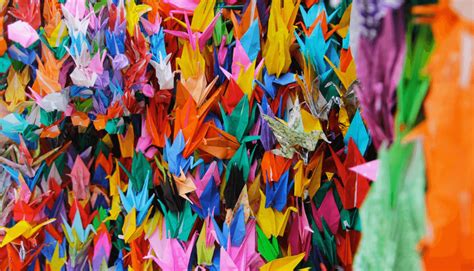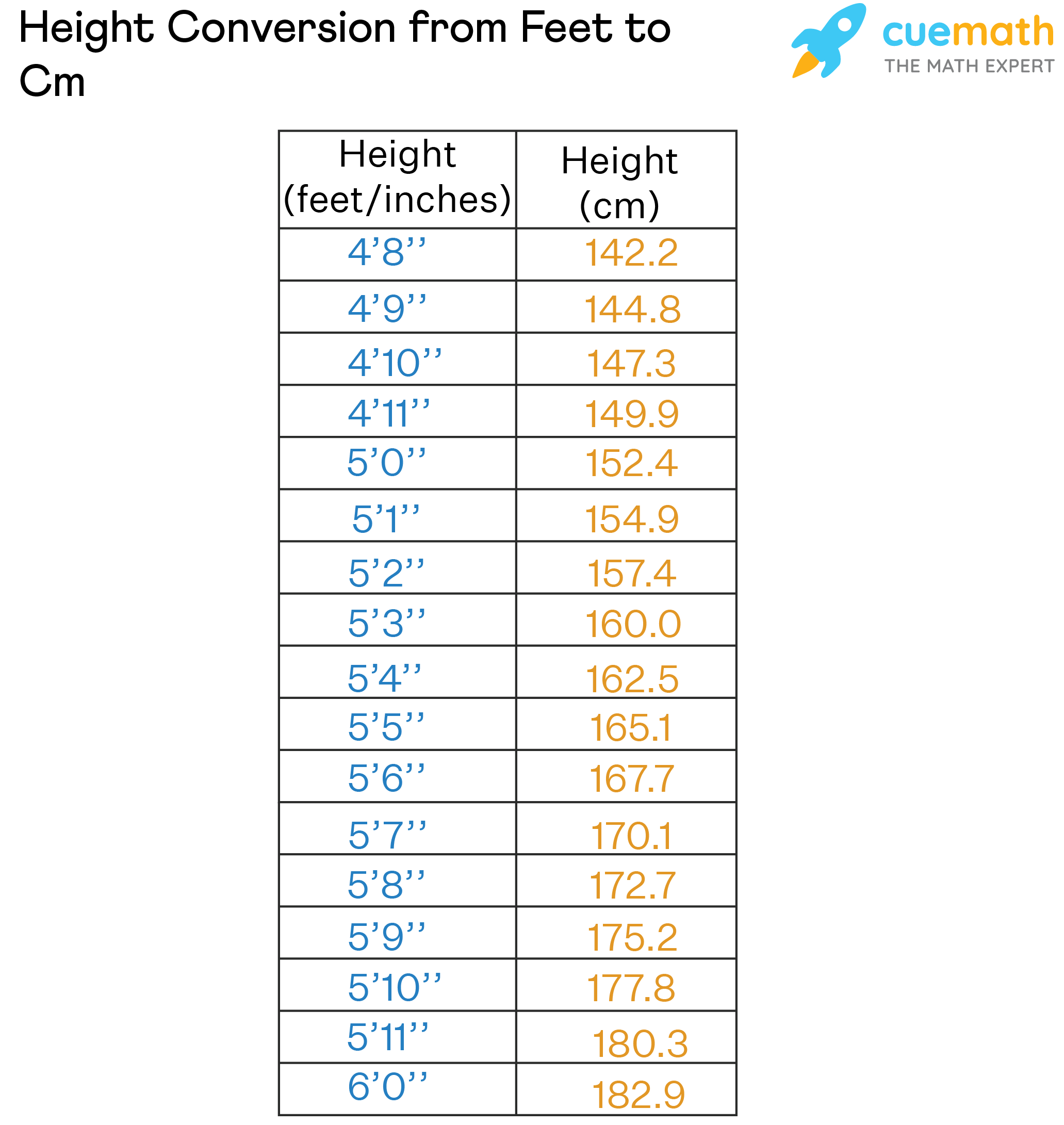The Art of Folding a Thousand Cranes

Origami, the ancient Japanese art of paper folding, has captivated people worldwide with its intricate designs and symbolic meanings. Among the myriad of origami creations, the crane stands out as an iconic symbol of hope, longevity, and peace. Folding a thousand cranes, known as “Senbazuru,” has become a revered tradition, often associated with healing and wishes for a better future. In this article, we delve into the history, symbolism, and practical steps behind this awe-inspiring tradition.
Historical Roots of Senbazuru

The practice of folding a thousand cranes has deep roots in Japanese culture and mythology. Cranes, or “Tsuru” in Japanese, have long been revered as sacred birds in Japan. According to ancient folklore, cranes mate for life and live for a thousand years, making them a symbol of loyalty, love, and longevity.
In Japanese mythology, a tale known as “The Cranes of Heaven” tells the story of a compassionate princess who healed a wounded crane. As a reward, the crane’s spirit granted her a thousand years of life. This legend further solidified the crane’s status as a symbol of good fortune and longevity.
The tradition of Senbazuru gained prominence during World War II, particularly after the story of a young girl named Sadako Sasaki. Sadako, who developed leukemia as a result of the atomic bombing of Hiroshima, embarked on a mission to fold a thousand cranes in the hope of being healed. Although she ultimately succumbed to her illness, her determination and spirit inspired countless others.
Symbolism and Cultural Significance

Folding a thousand cranes holds profound symbolic meaning in Japanese culture and has resonated with people globally. Here are some key aspects of its symbolism:
Healing and Hope: Senbazuru is often associated with healing and the wish for recovery from illness or adversity. The act of folding cranes becomes a therapeutic process, offering comfort and a sense of purpose during challenging times.
Peace and Remembrance: Cranes are a universal symbol of peace. Folding a thousand cranes is a powerful way to honor victims of war, promote peace, and remind us of the importance of compassion and understanding.
Longevity and Luck: The thousand-crane tradition also symbolizes longevity and good fortune. It is believed that completing the task brings blessings and positive energy to the folder and those for whom the cranes are intended.
Community and Support: Senbazuru has become a collective effort, with people coming together to fold cranes for various causes. This shared activity fosters a sense of community, unity, and support for those in need.
The Practical Art of Folding Cranes
Folding a thousand cranes is an ambitious undertaking that requires patience, precision, and a deep appreciation for the art form. Here’s a step-by-step guide to help you embark on your own Senbazuru journey:
Step 1: Choosing the Right Paper
Select high-quality origami paper with vibrant colors or patterns that hold personal significance. Traditional origami paper, known as “Washi,” is made from renewable fibers and adds an authentic touch to your cranes.
Step 2: Mastering the Base Fold
Begin by learning the “Bird Base” fold, which serves as the foundation for most origami designs, including the crane. Practice this fold until it becomes second nature, as it will be the starting point for each crane.
Step 3: Folding the Crane
- Body: Start with the Bird Base and fold the corners to create the crane’s body.
- Wings: Carefully fold and crease the wings, ensuring symmetry and elegance.
- Head and Beak: Form the crane’s head and beak by folding and shaping the paper.
- Tail: Create a sleek tail by folding and tucking the excess paper.
Step 4: Refining Your Technique
As you fold more cranes, focus on improving your technique. Strive for precision, ensuring each crane is an exquisite work of art. Consider experimenting with different folding styles and variations to add uniqueness to your Senbazuru.
Step 5: Stringing the Cranes
Once you’ve folded a significant number of cranes, it’s time to display them. Traditionally, cranes are strung together on a string or fishing line, creating a beautiful garland. Hang your Senbazuru in a prominent place to inspire and uplift those who see it.
Expert Insights: Interview with Origami Master, Ms. Akiko Tanaka
To gain deeper insights into the art of Senbazuru, we reached out to renowned origami artist and teacher, Ms. Akiko Tanaka. Ms. Tanaka shared her perspective on the significance of folding a thousand cranes:
“Senbazuru is more than just a folding exercise; it’s a journey of self-discovery and connection. Each crane folded with intention carries a unique energy and serves as a reminder of the beauty in the world. It’s a practice that brings people together, fostering compassion and a deeper understanding of the human spirit.”
Case Study: Senbazuru in Action

Senbazuru has been used to support various causes and bring communities together. One notable example is the “Cranes for Peace” project, initiated by a group of artists and activists. They folded thousands of cranes and displayed them in public spaces to promote peace and dialogue. The project not only raised awareness but also sparked conversations and inspired others to take action.
Future Trends and Innovations
The tradition of Senbazuru continues to evolve, with modern artists and enthusiasts pushing the boundaries of origami. Here are some emerging trends:
- 3D Origami: Artists are experimenting with 3D origami techniques, creating intricate crane sculptures that defy traditional flat folding.
- Kusudama Cranes: Combining multiple cranes into a spherical Kusudama design offers a unique twist to the Senbazuru concept.
- Digital Origami: With the rise of digital art, origami enthusiasts are creating virtual cranes and sharing them online, reaching a global audience.
Practical Guide: Getting Started with Senbazuru
Embarking on your Senbazuru journey can be a transformative experience. Here’s a step-by-step guide to help you get started:
- Set Your Intention: Reflect on why you want to fold a thousand cranes. Is it for healing, peace, or a personal challenge? Setting a clear intention adds depth to your practice.
- Find a Quiet Space: Dedicate a peaceful corner in your home for your folding sessions. Create a calming atmosphere with soft lighting and soothing music.
- Start Small: Begin by folding a small batch of cranes to master the technique. Focus on precision and enjoyment rather than rushing through the process.
- Connect with Others: Share your progress and seek support from fellow origami enthusiasts. Online communities and local workshops can provide valuable guidance and motivation.
- Display Your Cranes: Showcase your Senbazuru with pride. Hang them in your home or gift them to loved ones, spreading the message of hope and peace.
Key Takeaways
- Senbazuru, the tradition of folding a thousand cranes, holds deep cultural and symbolic significance in Japanese culture.
- It is a powerful practice associated with healing, peace, longevity, and community support.
- The art of folding cranes requires patience, precision, and a deep appreciation for the beauty of origami.
- Senbazuru has inspired countless people and continues to evolve with modern innovations and artistic interpretations.
- By embarking on your own Senbazuru journey, you can connect with a rich cultural tradition and bring hope and beauty into your life and the lives of others.
FAQ Section
How long does it take to fold a thousand cranes?
+The time required to fold a thousand cranes varies depending on your skill level and the complexity of the crane design. On average, it can take anywhere from several weeks to a few months to complete the task. Consistent practice and dedication are key to achieving this milestone.
<div class="faq-item">
<div class="faq-question">
<h3>What are some common mistakes to avoid when folding cranes?</h3>
<span class="faq-toggle">+</span>
</div>
<div class="faq-answer">
<p>Common mistakes include uneven folds, creases that are too sharp, or misaligned corners. Take your time, use gentle pressure, and ensure each fold is precise. Practice makes perfect, so don't be discouraged by initial imperfections.</p>
</div>
</div>
<div class="faq-item">
<div class="faq-question">
<h3>Can I use any type of paper for folding cranes?</h3>
<span class="faq-toggle">+</span>
</div>
<div class="faq-answer">
<p>While any paper can technically be used, traditional origami paper, known as Washi, is highly recommended for its durability and ease of folding. Washi is available in various colors and sizes, allowing you to create beautiful cranes with precision.</p>
</div>
</div>
<div class="faq-item">
<div class="faq-question">
<h3>Are there any variations or styles of cranes beyond the traditional design?</h3>
<span class="faq-toggle">+</span>
</div>
<div class="faq-answer">
<p>Absolutely! Origami artists have created numerous variations of the crane, including modular cranes, 3D crane sculptures, and even crane kites. Exploring these variations can add creativity and diversity to your Senbazuru project.</p>
</div>
</div>
<div class="faq-item">
<div class="faq-question">
<h3>What is the significance of the number "one thousand" in Senbazuru?</h3>
<span class="faq-toggle">+</span>
</div>
<div class="faq-answer">
<p>The number one thousand holds symbolic significance in Japanese culture, representing completeness and perfection. Folding a thousand cranes is seen as a transformative journey, akin to achieving a significant milestone or reaching a state of enlightenment.</p>
</div>
</div>
</div>
The art of folding a thousand cranes is a testament to the power of human creativity, resilience, and compassion. Through this ancient tradition, we find inspiration, hope, and a deeper connection to the world around us.



